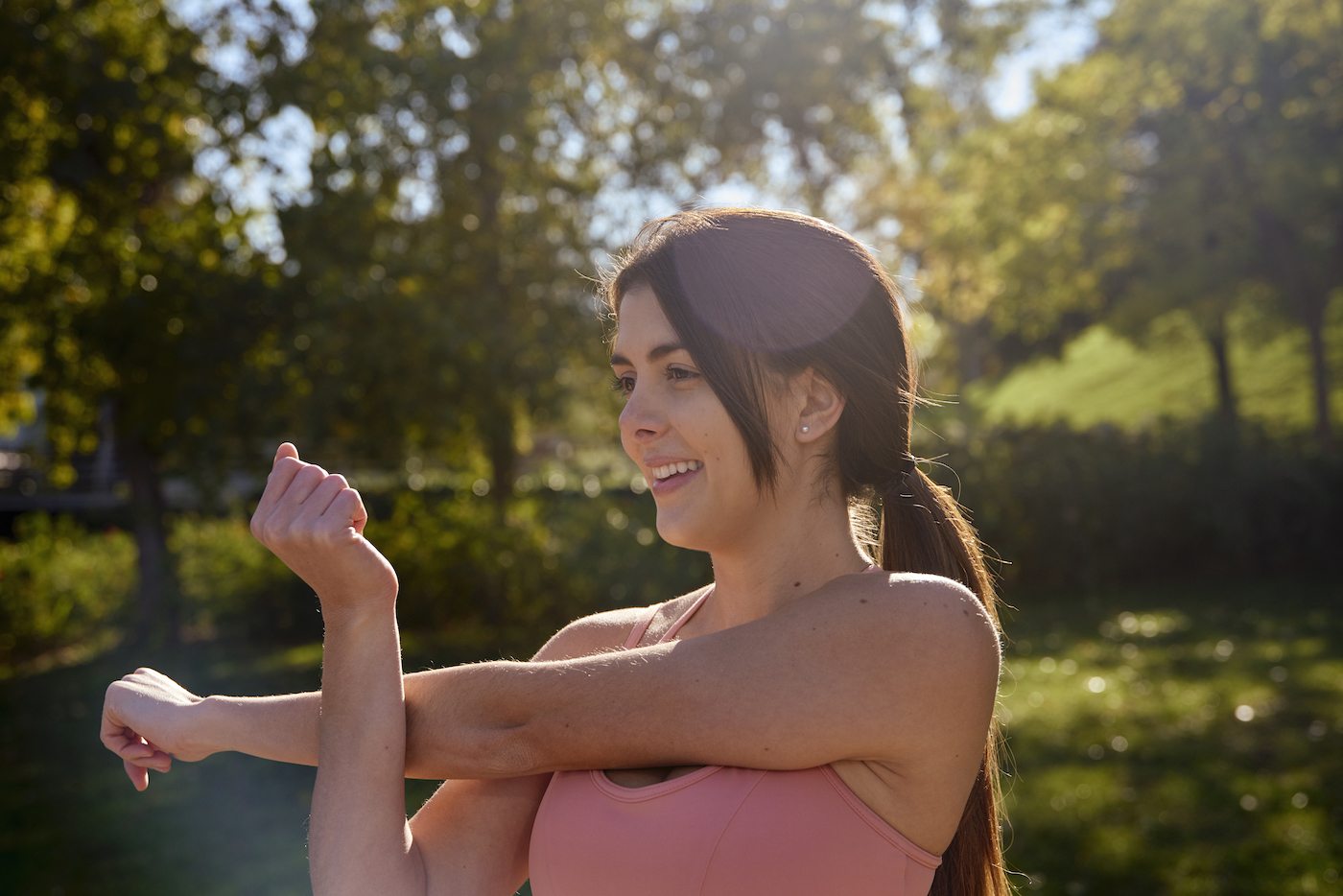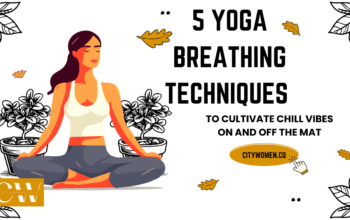
September 23, 2019 at 06:51PM by CWC
Nowadays, the majority of us are hyper-mobile. And by that I mean we’re, like, always on our phones. Ironically though, the constant texting, scrolling, and appsturbating wreaks havoc on our physical mobility. That, paired with some of our other 21st century quotidian movement patterns, creates hidden weaknesses in the body, according to Emily Kiberd, DC, a doctor chiropractic at Urban Wellness Clinic.
“Mobility is often confused with flexibility, but they are not the same,” says Dr. Kiberd. “Mobility is the ability of a joint to reach its full range, opposed to flexibility, which refers to the ability of a muscle to stretch.” Whether or not your joints move to their full extent largely depends on factors like the tightness of your muscles, the wear and tear of a specific joint, and muscle memory. When any of these factors moves out of balance, your entire body takes note. “A lack of mobility can affect how we walk, how we sit, and if we can move through our day pain free,” the chiropractor explains.
While “text neck” paired with the constant hunching over phones also messes with mobility, Dr. Kiberd says our desk jobs might be the greatest threat to good posture. “One of the biggest factors to compromise mobility is poor posture from sitting all day, leading to muscle imbalance. Weak muscles from sitting too much can lead to compensations in the body which can prohibited mobility, and cause joint degeneration, tight muscles, and headaches,” she says. Personally, I say “no, thank you” to everything in the last sentence. If you’re with me, keep reading for Dr. Kiberd’s top tips for creating better, more mobile movement patterns.
A chiropractor’s top 5 tips for better mobility
1. Get an ergonomic assessment to optimize your desk posture
Ask your healthcare professional to give you an Ergonomic Assessment. Once that’s completed, they should be able to make specific, tailored-to-you recommendations for how to sit at your desk with mobility in mind.
2. Set a timer to remind you to stand up every single hour
ADVERTISEMENT
ADVERTISEMENTKate Spade Autumn/Winter Sale |
Sometimes you blink and it’s suddenly 5 p.m. when you realize you haven’t moved all day. The alarm will remove you from your workday trance, and save your muscles at to boot.
3. Breathe from your belly to wake up your core
Belly breathing can make all of your workouts more effective. And, according to Dr. Kiberd, the same goes for when you’re just sitting. Taking big, deep inhales engages your abs and make you feel more supported.
4. Move like a baby
“When was the last time we crawled, rolled, or moved in a plane of motion that was not just standing or sitting?” Remember, mobility is all about training your muscles away from habitual movements.
5. Pair functional strength training with stretching
Dr. Kiberd says that “owning” your joint function is really the goal here—and functional fitness can help you do just that. In case you’re unfamiliar with this sweat modality, it refers to workouts with the specific goals of making movement easier. For example, improving your back strength can help you lug your computer bag to and from work. “A proper strength training routine, along with full range of motion stretching, along with alignment-based yoga are great ways to increase mobility,” says Dr. Kiberd. “I can’t stress enough that both strength training and stretching are the key.”
If you’re a new runner, good news! The United States of Running 5K and 10K training plans are just for Y-O-U.
Author Kells McPhillips | Well and Good
Selected by CWC
ADVERTISEMENT
ADVERTISEMENTUp to 30% off Gift Sets |






